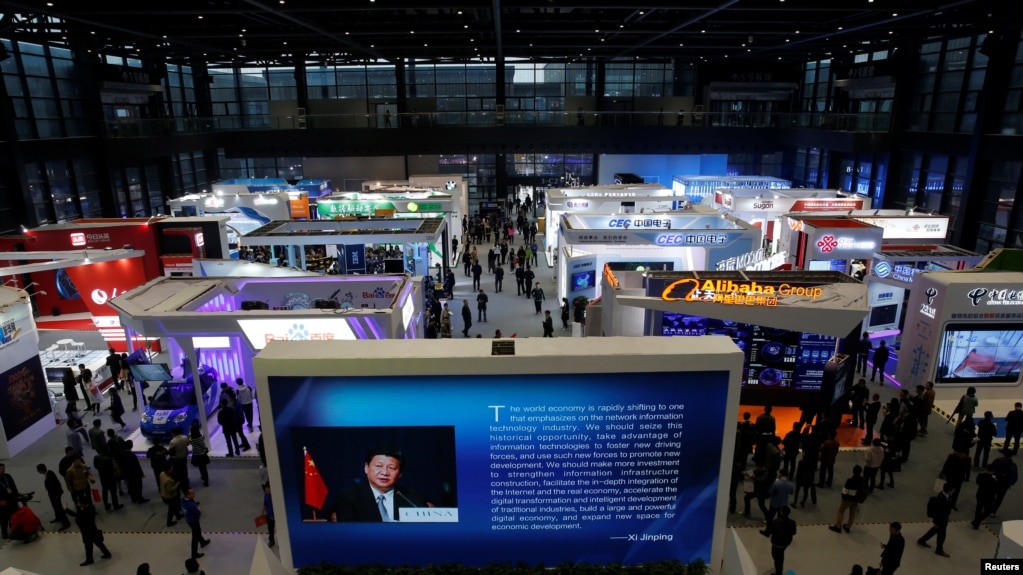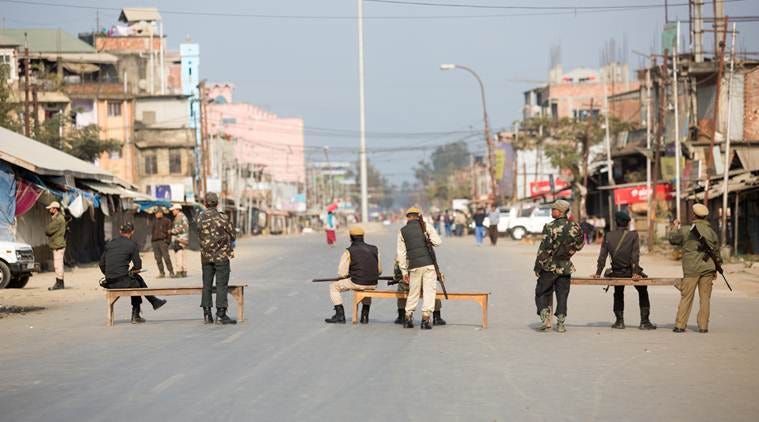By Fred Burton
Editor's Note: The following piece is part of an occasional series in which Fred Burton, Stratfor's chief security officer, reflects on his storied experience as a counterterrorism agent for the U.S. State Department.
When it comes to combating terrorism, Pakistan is an indispensable ally for the United States. But as the two countries' checkered history shows, it is also an unreliable one.
Pakistan seems to be a constant center of terrorism and chaos. The Taliban and al Qaeda have long been present in the country. Al Qaeda founder Osama bin Laden even hid out in his compound in Abbottabad, a stone's throw away from a military training compound, before Navy SEAL Team 6 took him out in a 2011 raid. Pakistani officials have denied that they knew about bin Laden's presence. But for those of us who have spent time in the world of counterterrorism, it's hard to believe that one of the world's most wanted people lived in the city for years without being detected by the Pakistani government or its intelligence agencies.
The raid took place only when CIA suspicions about the terrorist leader's whereabouts were confirmed by a Pakistani doctor, Shakil Afridi. He used a fake vaccine campaign to obtain samples of the bin Laden family's DNA, pointing U.S. forces to the compound. For his role in the affair, Afridi was convicted by Pakistan of treason and is currently serving a long prison sentence. Afridi became a cause celebre after U.S. President Donald Trump made a campaign promise to have him freed. But when Pakistan reacted angrily to the suggestion, it became another bone of contention between uneasy allies.
Pakistan's turbulent history also includes a pattern of violence toward its leaders, who have been targets of numerous assassination attempts. In 1988, the mysterious crash of a U.S.-made C-130 claimed the life of President Mohammed Zia-ul-Haq and many of his top generals, along with U.S. Army Brig. Gen. Herbert Wassom and U.S. Ambassador Arnold Raphel. Over a decade later, President Pervez Musharraf survived several attempts on his life. Prime Minister Benazir Bhutto was not so lucky; she was killed in a bombing in late 2007.
















